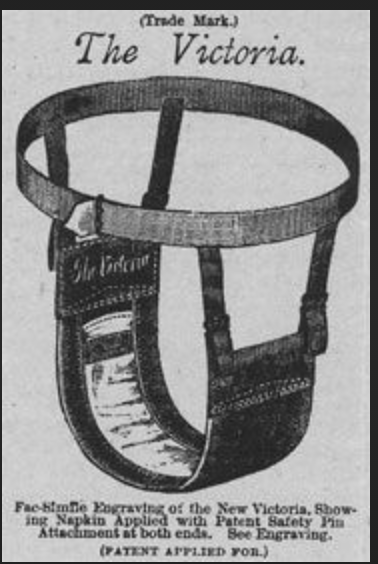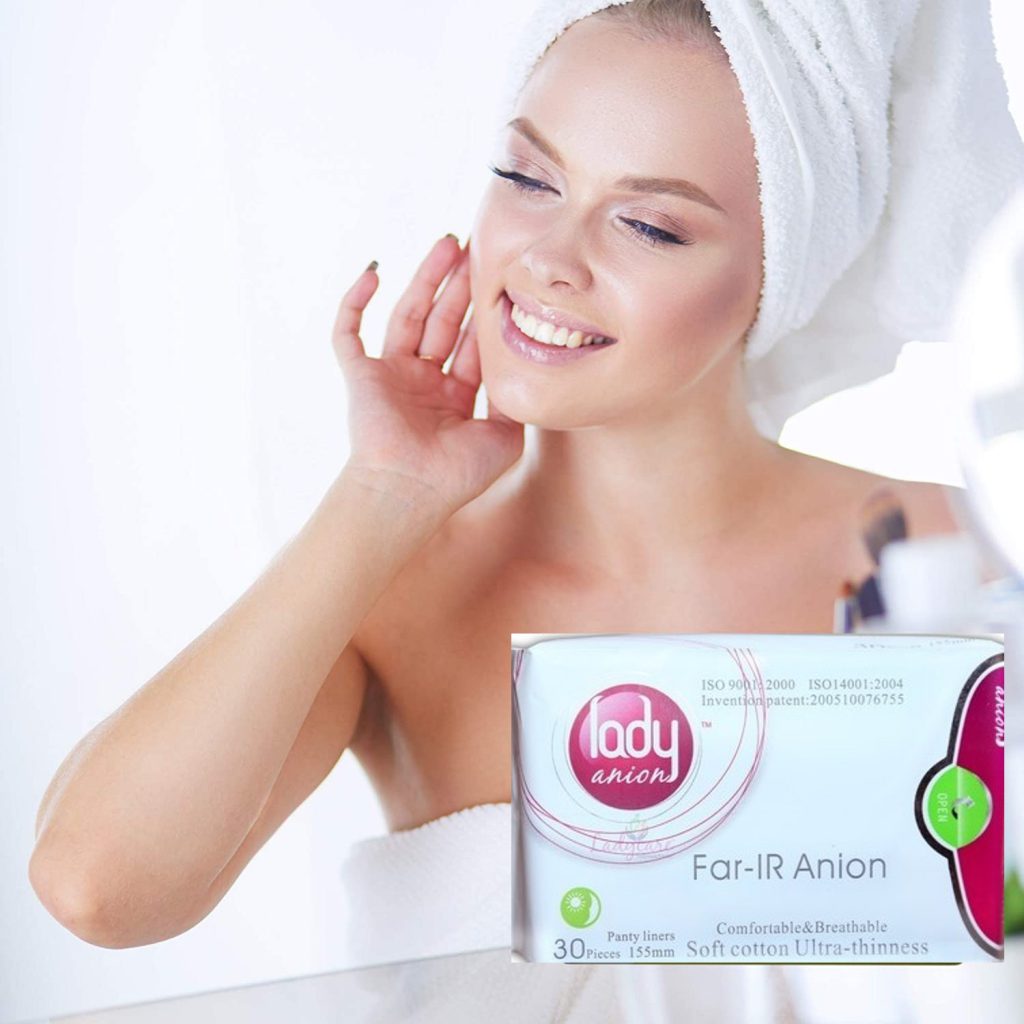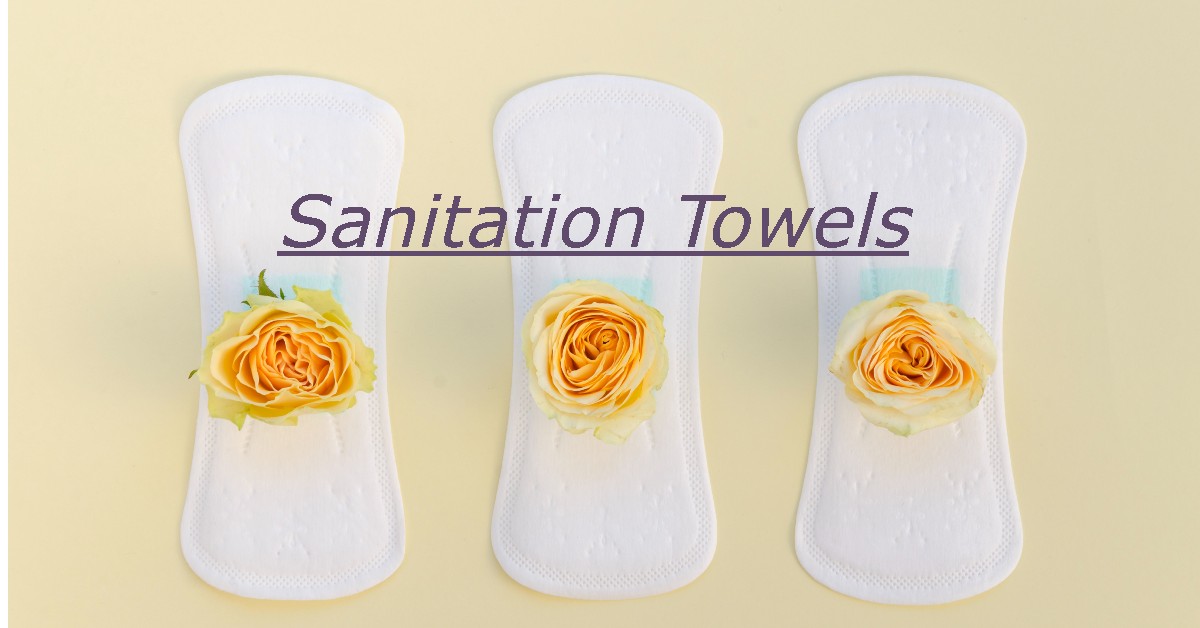You may think that you know all about sanitation towels, but what lies beneath the surface?
History of the sanitation towel
Known by many names, such as a menstrual pad, a sanitary pad, a sanitary towel, a sanitary napkin, or a feminine napkin; this simple product has been around for hundreds of years. As early as the 4th century AD there are mentions in historical scripts of Hypatia throwing one of her used menstrual rags to discourage an admirer. This is what most women have used through the ages to capture the blood from their menstruation; some type of cloth or rag. This is also where the popular term comes from when a woman says that she is on the rag.
Reusable cloth pads were widely used before the disposable sanitation towels came onto the market. Even when disposable pads became available, many women still opted to wear reusable cloth pads, since the disposable pads were very expensive. At the time it was still a very taboo subject to talk about, and at a store a woman would place money in a box in order to not speak to the clerk, and they could then take a box of pads from the counter and leave discreetly. Although it is still a difficult subject in some countries, most of the world has now come to understand that menstrual bleeding is a normal part of a woman’s anatomy.
How the sanitation towel has grown
From its humble beginnings back in France during one of their many battles in the 1870s, where nurses were looking for bandages that was more absorbent, to the biodegradable pads that is now available, it has truly grown and has undergone many changes. During one of the many battles of France, a handful of nurses were looking for bandages that was more absorbent than the ones they were using. They then found bandages that was made with wood pulp, and this sparked an idea. Women started using these bandages as sanitation towels, and soon thereafter it became a bit more refined and became commercially available from around the 1880s with Thomas and William Southall’s sanitary napkin.
In the 1890s it made its way to India, where the ‘Period Man’ Arunachalam Muruganantham wanted to make the perfect sanitation towel for his wife. His years of work paid off as it changed the lives of millions of women in India. From there it found its way to America and the Lister Towels were created by Johnson & Johnson. Kotex soon followed suit with their product containing cellu cotton, which was a wood pulp that was cheap and made it inexpensive.

Then along came the adjustable sanitary belt in 1956 which was developed by Mary Kenner. At first rejected because she was African American, it eventually became very popular, as it contained a moisture-proof, inbuilt napkin pocket. This kept the sanitary towel in place. Unfortunately, it was quite uncomfortable to sleep in, and leakage often occurred. This is where the adhesive strip made its appearance in the 1970s, thus replacing the sanitary belt. From when the adhesive strip was added, the sanitation towel started to undergo drastic and rapid changes.
Since leakage was still a problem, slippage still occurred, and pads were thick and uncomfortable, the booming industry of sanitation towels jumped on-board and started coming up with solutions such as adding wings, introducing quilting of the lining, and adding super-absorbent gels that were made of petroleum. This is unfortunately also where they started to fall off the bandwagon, and started making pads that were dangerous the women’s health. With wood pulp being bleached with chlorine, and added artificial products such as polyacralate, polypropylene, and polyethelyne, pads were starting to slowly poison both women and nature.
In recent years there has been a conscious move to reduce our carbon footprint as much as possible, and for women that meant seeking alternatives for their monthly cycle. For an average woman, she will use approximately 16 000 pads in her lifetime, and seeing that a standard disposable pad takes up to 500 years to degrade, we were sitting with a huge problem on our hands. This is where alternatives started taking the stage.
A new era for sanitation towels and other menstrual products
With the dawn of a new era comes better understanding surrounding women’s periods and what it is like to be a woman. Anatomical education has been drastically updated to help the new generation understand what happens to a women’s body once a month. With these changes came the realisation of how many girls are missing school one week out of a month because they cannot afford traditional sanitation towels. With this realisation came the initiative to find alternatives that were highly cost effective in order to help these girls get the quality education that they deserved. Reusable sanitation towels were now being manufactured, along with period panties, and menstrual cups. There are drives being done to collect these items and deliver them to lower income and impoverished areas. Workshops are being held to educate women and girls on how to have a happy, clean and sanitary period. Unfortunately cheap disposable sanitation towels are still widely available, as education still has far to reach.
The problem isn’t only about what cheap sanitation towels are doing to our earth, but more so about what it is doing to our bodies. With cheap sanitation towels, it is not breathable, and thus creates a perfect breeding ground for all types of infections to take hold, such as yeast infection. Women need to be educated about their own bodies, and to know that the vaginal area and the skin surrounding it, is highly permeable. Therefore anything that comes into contact with it is very quickly absorbed into the bloodstream. This is why you want a breathable sanitary towel that keeps unwanted moisture away from the body. But that is not all that you want in a sanitation towel.
Have you ever taken a look at your sanitation towel? Even the more expensive ones that are mass marketed? If you think of wood pulp, then you do not think of the colour white. So why are sanitation towels white? This is because the fibres are bleached with chlorine, which creates dioxin in the process. Although initially the dioxin levels are low, it needs to be noted that it accumulates in the fat stores of the body over time, which may lead to hormone dysfunction, pelvic inflammatory disease, endometriosis, and even different types of cancer. To shorten the doom and gloom a little bit, let’s just take a quick look at what else is hiding in these conventional sanitation towels. Pesticides, which is sprayed heavily on the cotton grown for pads. Plastic lining, which creates an environment for the growth of bacteria and yeast. Fragrances, which can contain a myriad of unknown chemicals. And finally rayon, which makes for an uncomfortable, hard, itchy and chafing experience.
The green kids in town
More and more companies are moving towards being more earth-friendly, whilst also keeping the ladies happy, safe, and comfortable. One of the game-changers in this is Lady Anion, who have gone above the rest with their state of the art negative ion strip which is built into each pad. They also use non-bleached cotton and wood pulp, which gives it a soft feel when wearing. They use nine different layers to ensure that all blood is siphoned away from the body to keep it dry and breathable down there. But back to the negative ion strip. They had dozens of scientists working on how to truly remake the traditional sanitation towel, and these scientists turned to nature.

Whenever there is a thunderstorm, there is a very specific smell in the air. You also find that smell next to the ocean, as well as high up in the mountains. What you are smelling is ozone, or negative ions. The job of these ions is to clean the air of pollutants, and to enrich the levels of oxygen. Man-made ozone has been around for quite a couple of years, and has been used in hospitals all over the world to treat patients. So how does the negative ion strip work? When the strip comes into contact with moisture, it releases the negative ions, which is then immediately introduced into your bloodstream. Oxygen-enriched blood makes it impossible for the growth of bacteria, and studies have proven further advantages.
Reusable cloth sanitation towels is an amazing way to give girls and women back their freedom. With the right education they know how to make, use and wash them. There is unfortunately still many stigmas clinging to menstruation in certain cultures and communities. This is where education comes in, as it is mostly the patriarchy that dictates these stigmas. These are barriers that need to be broken, and a platform needs to be created where men can stand up for women and help them fight for their menstrual freedom.
